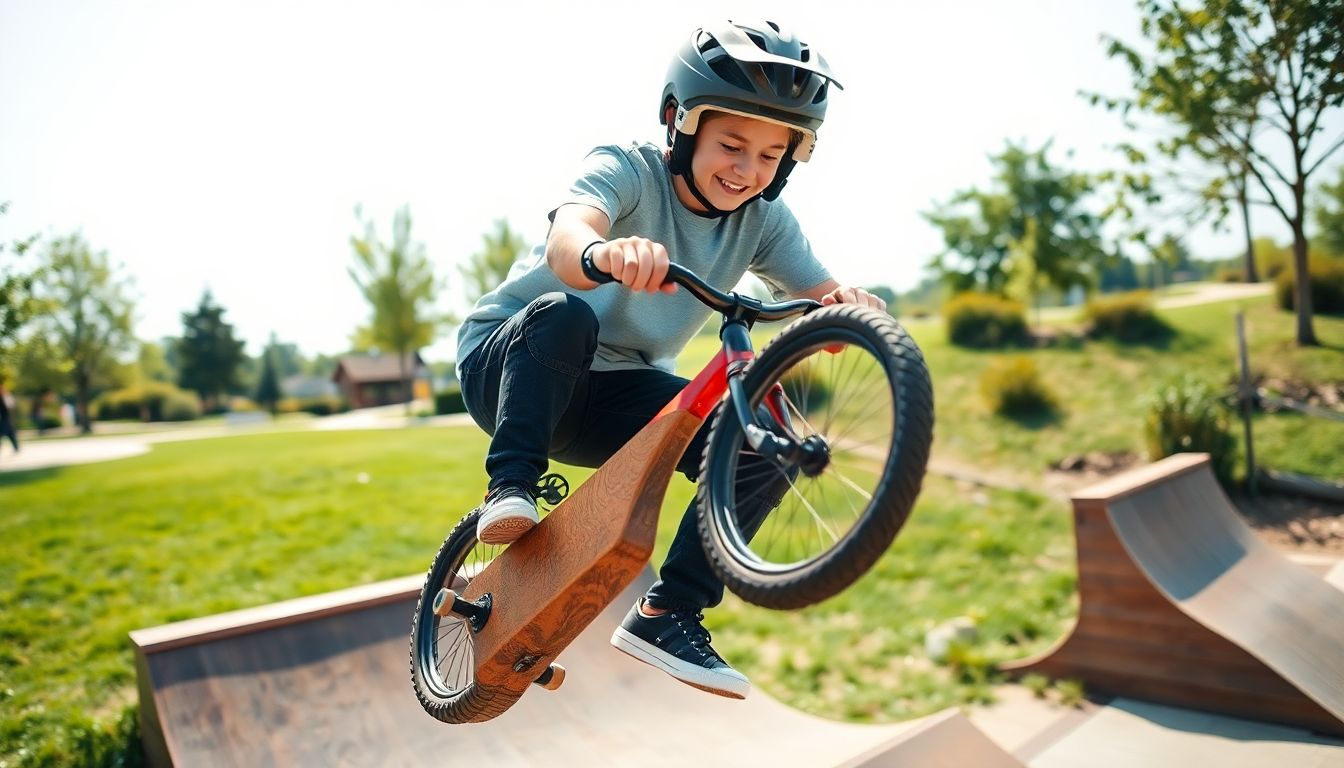 |
Learn to Huck Safely: A Step-by-Step Guide to Throwing a Football
Throwing a football is a beloved pastime that brings friends and families together. However, did you know that improper throwing can lead to serious injuries? With millions of people playing football each year, understanding the right techniques and safety precautions is crucial. This guide will show you how to throw a football safely and effectively.
Understanding the Fundamentals of Throwing a Football
Grip
The grip is the key to an accurate throw. There are two popular grips:
- Four-seam grip: Best for distance and accuracy. Hold the ball with your fingers across the laces.
- Two-seam grip: Ideal for easier throws and tighter spirals. Place your fingers along the laces but only on one side.
For detailed information about grips, refer to resources from the American Football Coaches Association.
Stance
A proper stance sets you up for success. Keep your feet shoulder-width apart, knees slightly bent, and weight balanced. This stance allows for better stability as you prepare to throw.
Body Mechanics
Proper footwork and body rotation are essential to a successful throw. As you step into your throw:
- Pivot on your back foot.
- Rotate your hips toward your target.
- Follow through with your upper body.
Understanding these mechanics will enhance your overall throwing accuracy.
Developing Proper Throwing Technique
The Wind-Up
The wind-up is where power begins. Follow these steps for an effective wind-up:
- Bring the ball back toward your shoulder.
- Keep your elbow at a 90-degree angle.
- Shift your weight from your back foot to your front foot.
The Throw
The throw consists of a few crucial elements:
- Release: Let go of the ball by snapping your wrist.
- Follow-Through: Extend your arm fully towards your target, ensuring your shoulder rotates for ultimate power.
Watch instructional videos online to visualize this process, as seeing it in action can help solidify your understanding.
Practice Drills
Improvement comes with practice. Try these drills:
- Wall Throws: Stand a few feet from a wall and throw the ball against it. Focus on accuracy.
- Partner Drills: Play catch with a friend, progressively increasing distance.
Avoiding Common Injuries
Shoulder Injuries
Shoulder injuries, like rotator cuff tears, are common in football. A study from the American Journal of Sports Medicine states that around 13% of football players experience shoulder issues each year. To prevent these:
- Warm-up properly.
- Strengthen your shoulder muscles through resistance exercises.
Elbow Injuries
Elbow injuries, such as ligament sprains and tendonitis, can be debilitating. According to Dr. James Andrews, an orthopedic surgeon, regular stretching and proper throwing mechanics can greatly reduce these risks.
Back Injuries
Back injuries can occur if you throw without proper technique. Focus on maintaining good posture during your throw. Always warm up with stretches targeting your back and core muscles.
Choosing the Right Equipment
Football Selection
Selecting the right football is crucial. Make sure to choose a size appropriate for age and skill level:
- Ages 8-12: Size 9 (Junior)
- Ages 13 and older: Size 10 (Official)
Refer to guidelines from the NFL for specific recommendations.
Protective Gear
Using protective gear can significantly enhance safety:
- Gloves: Improve grip and control.
- Arm sleeves: Help prevent abrasions.
Visit reputable sporting goods stores for high-quality options.
Proper Footwear
Good athletic shoes provide support for your movements, helping to prevent injuries. Look for shoes with cushioning and good grip.
Building Strength and Endurance
Strength Training
Incorporate these exercises into your routine to strengthen throwing muscles:
- Shoulder Press: Builds shoulder strength.
- Plank Holds: Strengthens core stability.
Conditioning
Cardiovascular fitness is essential. Engage in activities like running or cycling to improve your endurance. This will help you stay strong throughout the game.
Flexibility and Stretching
Proper flexibility aids injury prevention. Try this stretching routine before practicing:
- Arm circles for shoulder mobility.
- Torso twists to engage your core.
- Hamstring stretches for leg flexibility.
Conclusion
In conclusion, safe and effective football throwing requires correct technique and the right equipment. By focusing on good mechanics, strengthening your body, and practicing regularly, you can enhance your game while minimizing injury risks. Don't hesitate to seek professional advice if needed. Enjoy the thrill of the game and keep your throws on point!







0 Comments